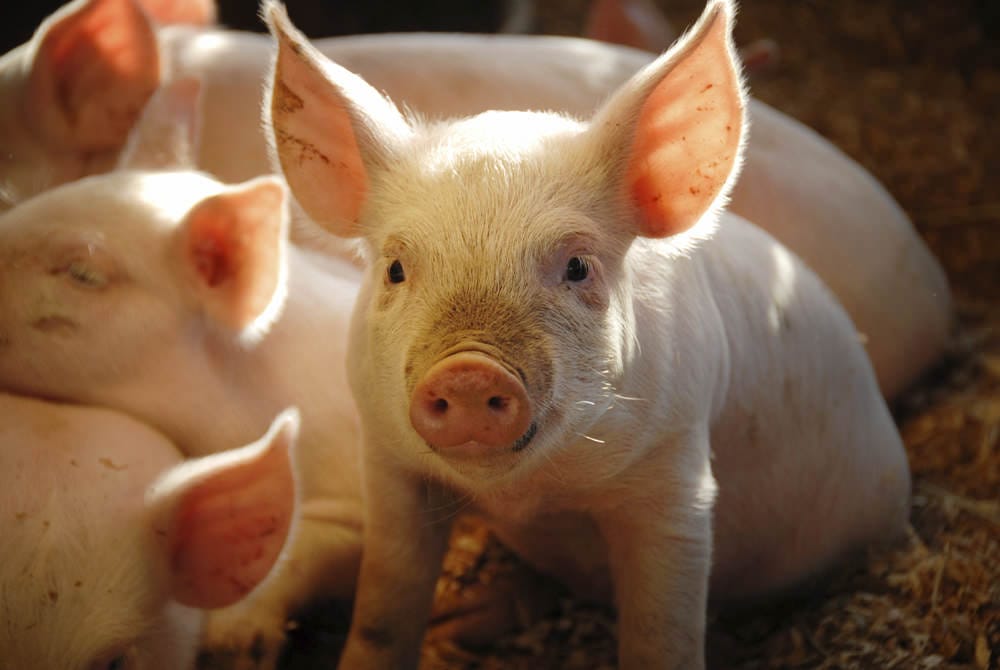Published 08/19/2023
For just $15 a month you can help end the biggest cause of animal cruelty on the planet: factory farming.
Give Today
For just $15 a month you can help end the biggest cause of animal cruelty on the planet: factory farming.
Give Today